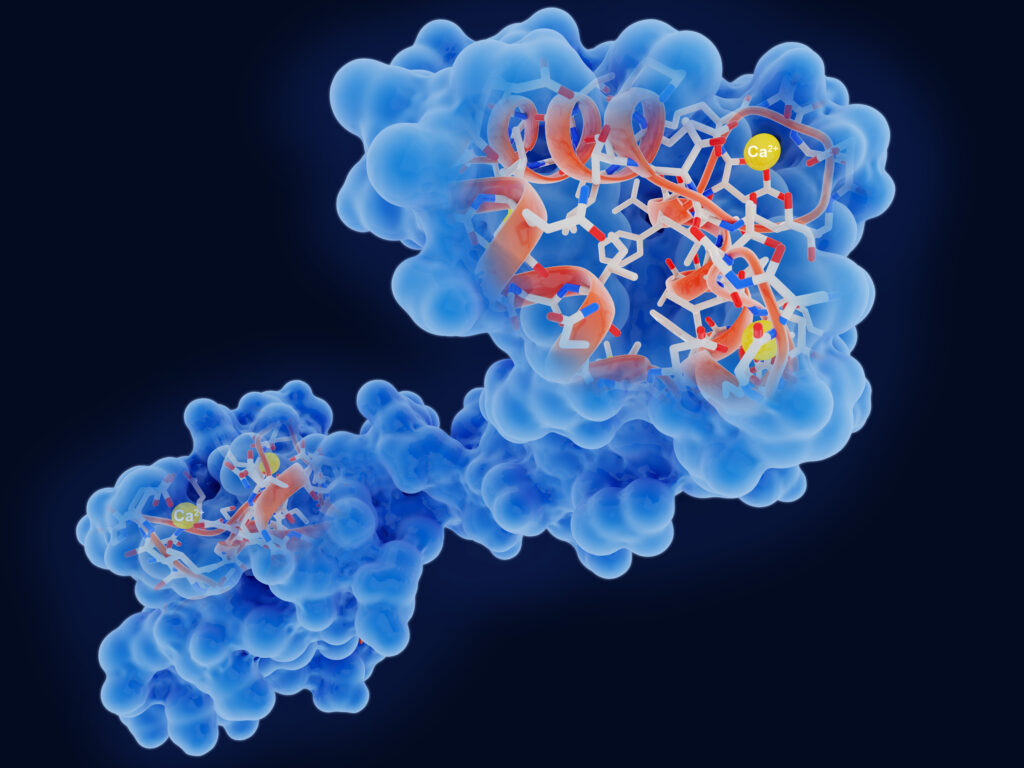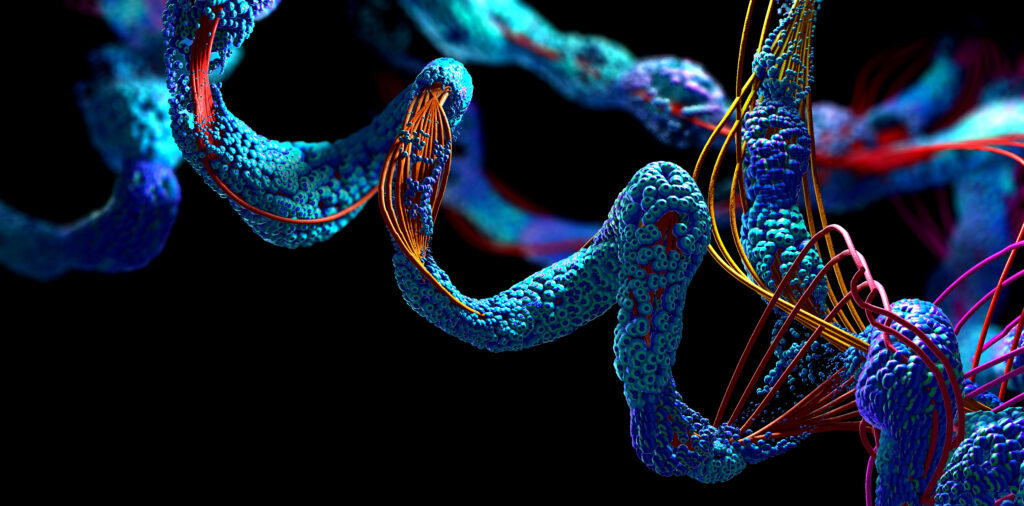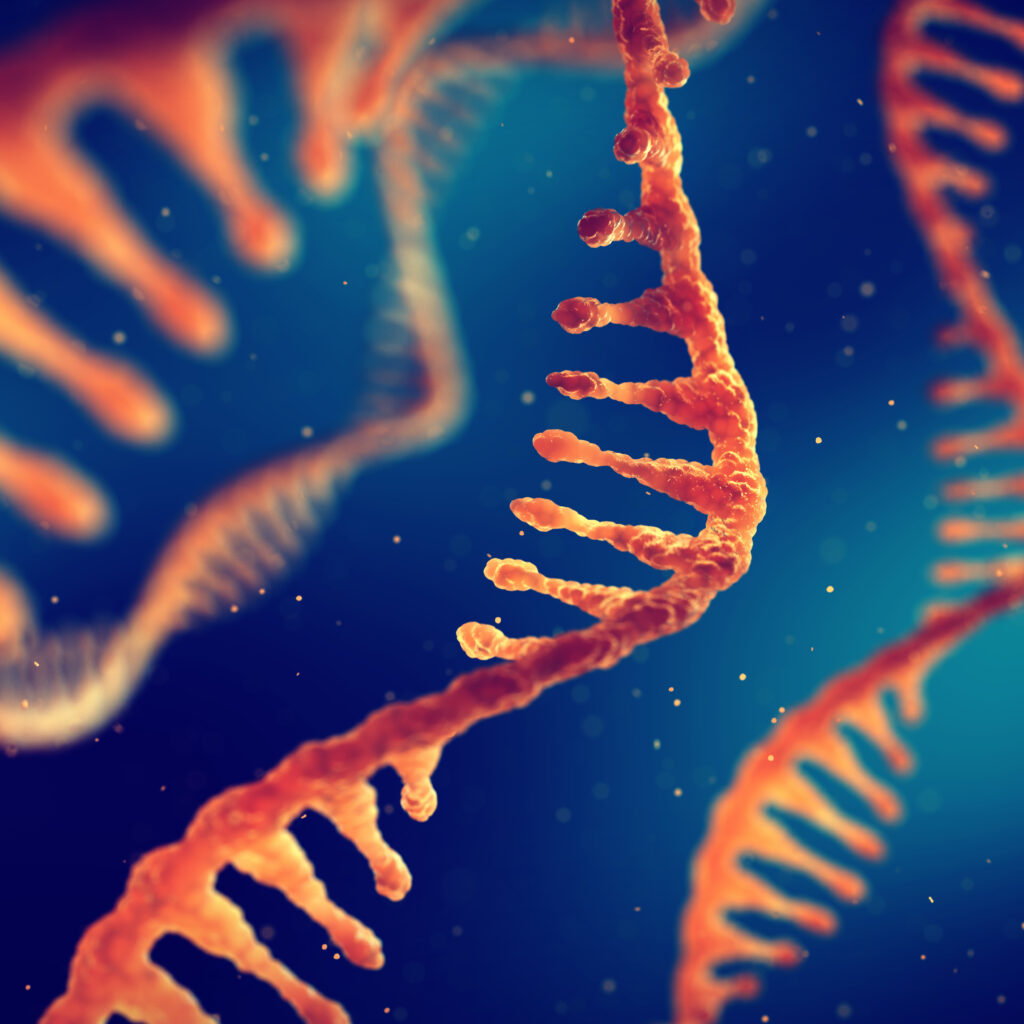
“The Old Enigma,” Part 3 of 3
Dear Readers, This post continues directly from Part 2. Second, the authors assume that, in the absence of phenotypic mutations, the first genotypic mutation would be strictly neutral. That is, the selection coefficient for the first mutation is very, very close to zero. It turns out that this is a critical feature. If the first mutation were slightly positive itself (without considering look-ahead) then it could be selected on its own, and the look-ahead effect makes little difference. On the other hand, if the first mutation is slightly negative (including look-ahead), then it will not be positively selected and, again, the effect makes essentially no difference. It is only in a very restricted range of selection coefficients that any significant influence will be Read More ›


